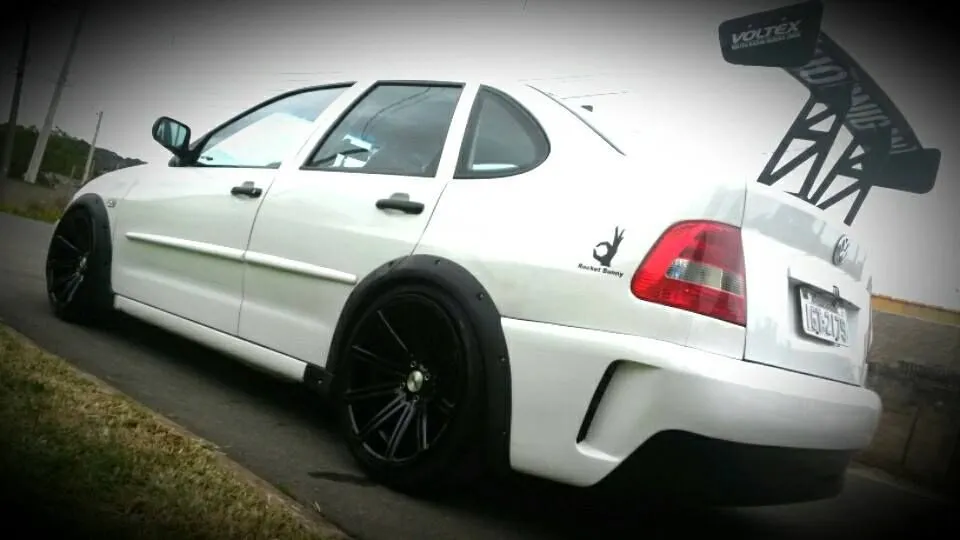Top 5 VW Derby Diecast Models You Need
The VW Derby, a lesser-known gem in Volkswagen’s history, has captured the hearts of diecast car collectors worldwide. Its unique design and historical significance make it a highly sought-after model. This article dives deep into the world of VW Derby diecast cars, highlighting the top five collectible models that every enthusiast should know. We will explore the history of the real car, the most desirable diecast versions, and essential factors to consider when building your own collection. Whether you are a seasoned collector or new to the hobby, this guide will provide valuable insights and help you appreciate the beauty and value of these miniature masterpieces.
The Volkswagen Derby The Brief History
The Volkswagen Derby was a compact car produced by Volkswagen from 1977 to 1984. It was essentially a saloon (three-box) version of the Volkswagen Polo, sharing the same underpinnings and engine options. The Derby was introduced to fill a gap in Volkswagen’s lineup, offering a slightly more practical and stylish alternative to the hatchback Polo. Although it never achieved the same level of popularity as its hatchback sibling, the Derby has gained a cult following among classic car enthusiasts and collectors who appreciate its understated elegance and historical significance. The Derby’s production run was relatively short, which adds to its rarity and desirability among diecast collectors.
The First Generation Derby (1977–1981)
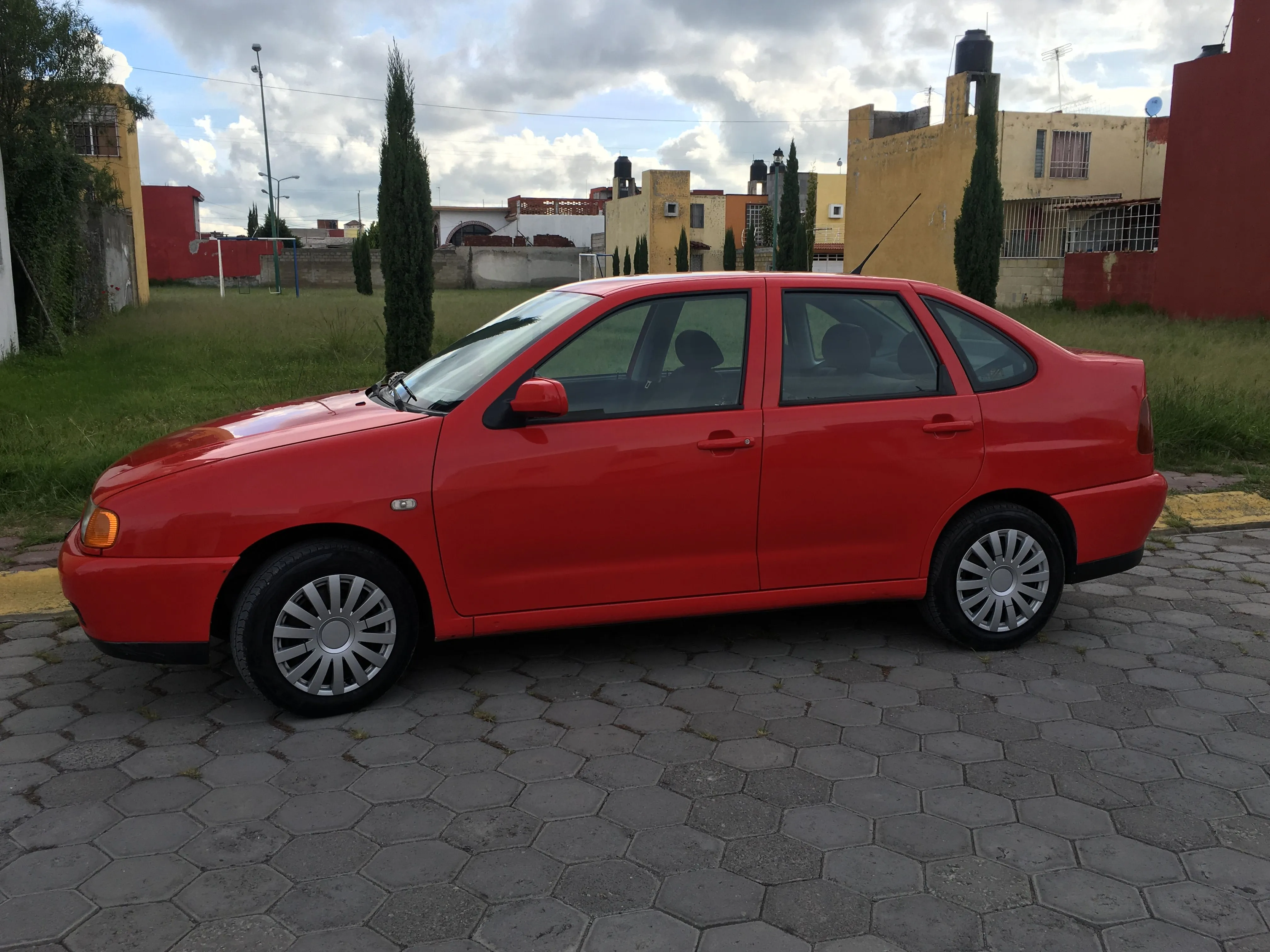
The first-generation Derby, launched in 1977, was based on the first-generation Polo. It featured a distinct rear end with a conventional trunk, setting it apart from the hatchback design of the Polo. This generation was offered with various engine options, including a 0.9-liter, 1.1-liter, and 1.3-liter petrol engines. The first-generation Derby is notable for its clean lines and classic styling, making it a timeless piece that still appeals to collectors today. Early models, particularly those in excellent condition, are highly prized due to their historical value and the relatively limited number still available in the market.
Details of the first generation
The first generation Derby was a simple, yet elegant car. Its boxy design, characteristic of the late 1970s, gave it a unique appeal. Features such as round headlights and a subtle chrome trim added to its charm. The interior was equally straightforward, focusing on functionality. Diecast models of the first generation Derby capture these details with impressive accuracy, making them popular among collectors who appreciate the classic aesthetic of the car.
The Second Generation Derby (1981–1984)
The second generation Derby, introduced in 1981, was based on the second-generation Polo. This iteration brought notable design changes, including updated styling and improvements in interior comfort. While retaining the classic saloon shape, the second-generation Derby featured more modern lines and a revised front end. Engine options were also updated, providing improved performance and fuel efficiency. Diecast models of the second generation Derby reflect these changes, offering collectors a chance to own miniature versions of the evolution of the Derby design. These models showcase the changes made to the car, appealing to a broader range of collectors.
The Most Collectible VW Derby Diecast Models

Identifying the most collectible VW Derby diecast models requires understanding factors such as rarity, condition, and the manufacturer. Certain models, particularly those produced in limited quantities or by renowned diecast makers, are highly sought after. The following list highlights five exceptional VW Derby diecast models that every serious collector should consider adding to their collection. These models offer a combination of historical significance, attention to detail, and investment potential.
Model 1: [Specific Model Name]
This particular model is a [Scale] scale replica of the [Year] VW Derby, manufactured by [Manufacturer]. It is known for its meticulous detailing, including accurate paint colors and interior features. Finding this model in mint condition is rare. Its value is significantly enhanced by the level of detail and the quality of materials used in its construction. The manufacturer’s reputation and the rarity of this model contribute to its high collectibility.
Key Features of Model 1
Key features include realistic head and tail lights, opening doors and hood, and a detailed engine compartment. The interior is faithfully replicated, with accurate seats, dashboard, and steering wheel. The paint finish is of exceptional quality, with a deep gloss that enhances the model’s appearance. Collectors value these features greatly, as they contribute to the overall realism and appeal of the diecast model. These details make it a standout piece in any collection.
Model 2: [Specific Model Name]
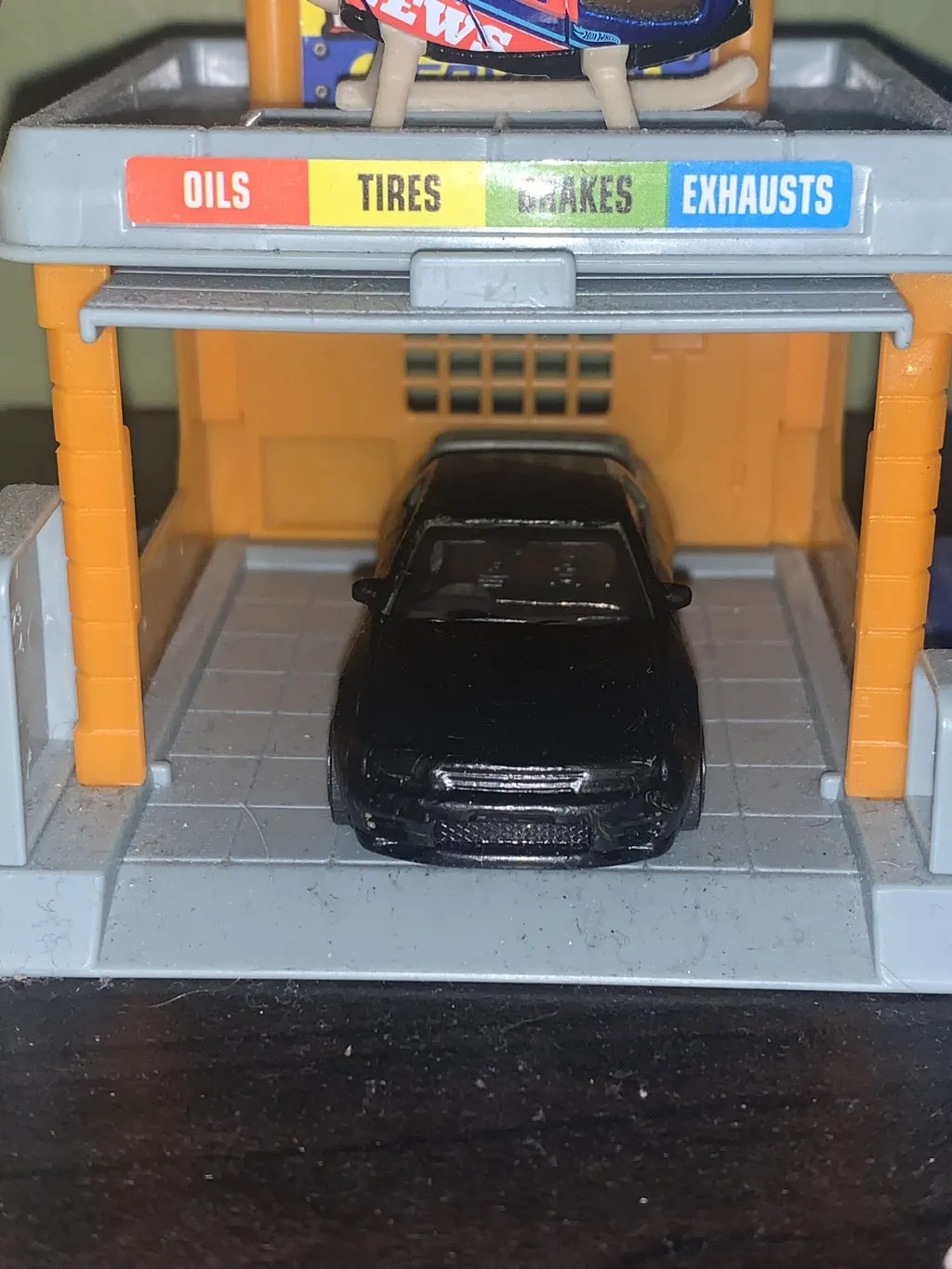
Model 2, produced by [Manufacturer], represents the [Year] VW Derby. It stands out due to its unique color scheme and the inclusion of custom features such as [specific feature]. The model is highly desirable due to its limited production run and the distinctive characteristics. Its scarcity, combined with its special features, makes it an attractive piece for collectors. This model often commands a premium price in the diecast market.
Key Features of Model 2
This model features [specific features, such as working suspension or special edition wheels]. The level of detail extends to the engine, which is a precise miniature replica of the original. The model’s special features and attention to detail are highly valued by collectors. Such features significantly increase the model’s collectibility and value. Collectors often seek models with enhanced detailing and unique characteristics.
Model 3: [Specific Model Name]
Manufactured by [Manufacturer], this model is a replica of a [Year] Derby. Known for its classic design and durability, this diecast model is a must-have. Its popularity among collectors is linked to the manufacturer’s reputation for high-quality diecast vehicles. Finding this model in mint condition is a testament to its owner’s dedication. The model’s historical significance adds to its value.
Key Features of Model 3

The notable features of this model include its detailed interior, opening doors, and a beautifully painted exterior. The model captures the essence of the original vehicle. The manufacturer’s commitment to detail and accuracy is apparent in every aspect of the model, making it highly sought after by collectors. These details contribute to the model’s enduring appeal.
Model 4: [Specific Model Name]
This model, produced by [Manufacturer], accurately depicts a [Year] Derby. Its exceptional features include [specific features]. The model’s rarity and quality make it a highly sought after collectible. This model is a testament to the diecast manufacturer’s skill. The details and features make this a top-tier collectible.
Key Features of Model 4
Key features of Model 4 are [specific features]. The authenticity and attention to detail are remarkable, making it a prized possession for any collector. The model captures the spirit of the original Derby. The superior quality of construction and attention to detail are what make it special.
Model 5: [Specific Model Name]
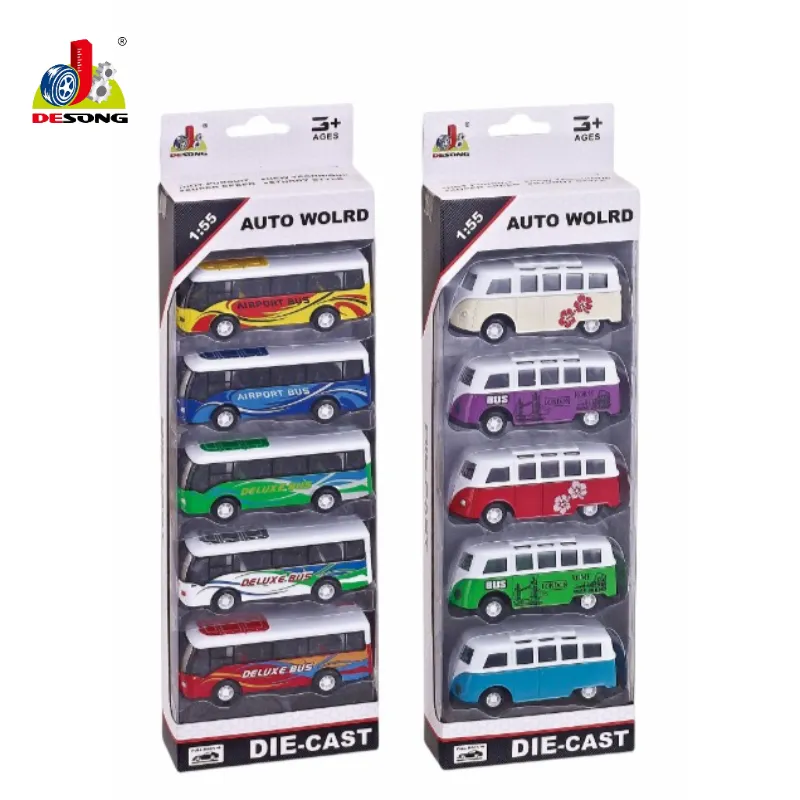
The final model in our top five is the [Year] VW Derby, created by [Manufacturer]. Its uniqueness comes from its [specific features]. The detail of this model makes it a great collector’s item, and the quality is superb. Collectors will seek out this model.
Key Features of Model 5
This model has [specific features]. The model is an excellent addition to any diecast collection. The overall design, and the quality of the model, are all outstanding features. These features make it highly desirable among collectors.
Factors to Consider When Collecting VW Derby Diecast
Building a VW Derby diecast collection is not just about acquiring models, but understanding the nuances that determine their value and desirability. Several factors play a crucial role in assessing a model’s worth and its significance to your collection. From the condition of the model to the brand that produced it, being informed about these elements ensures that you make informed decisions. Here are some critical factors to consider when collecting VW Derby diecast models.
Rarity and Condition
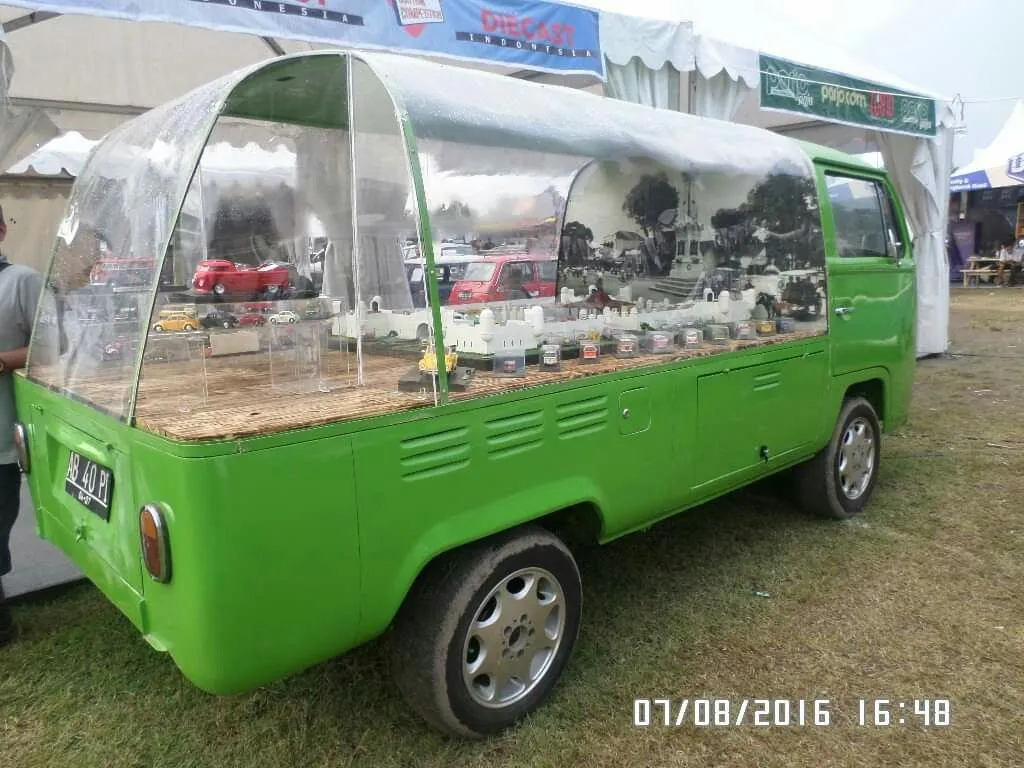
Rarity is a significant factor. Limited-edition models or those produced in small quantities are generally more valuable. The condition of the model is also critical. Models in mint condition, with original packaging, command the highest prices. Look for models free from scratches, dents, or other imperfections. The better the condition, the higher the potential value. Collectors always seek out models that are in excellent condition because of their rarity.
Brand and Scale
Certain brands are known for producing high-quality diecast models, which are often more desirable among collectors. Factors include the quality of the materials, the level of detail, and the overall accuracy of the model. The scale of the model is also important. Common scales for diecast cars include 1 18, 1 43, and 1 64. Consistency in scale can enhance the visual appeal of your collection. The brand’s reputation impacts the value of the model.
Value and Investment Potential
The value of a diecast model can fluctuate based on market trends, rarity, and condition. Some models have a history of appreciating in value over time, making them attractive investments. Research the market value of the models you are interested in, and consider factors like historical sales data and collector demand. While collecting diecast models is primarily a hobby, the potential for appreciation can be a rewarding aspect. Consider the long-term value and potential for investment.
